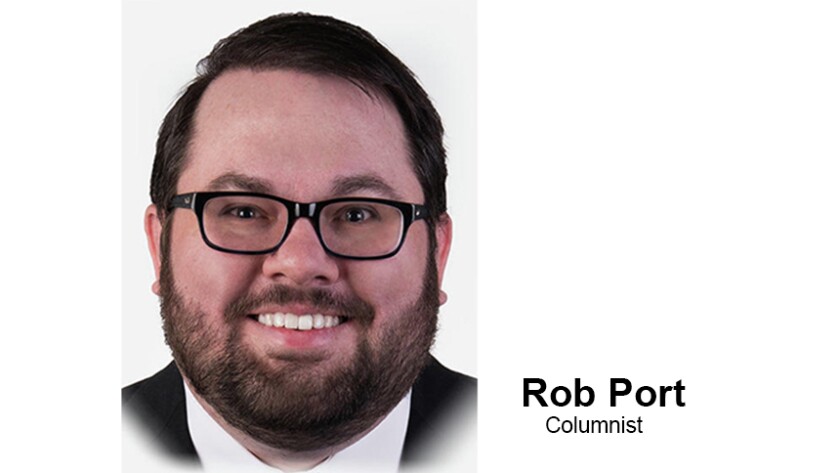MINOT, N.D. — The redistricting process is in full swing.
One idea that's been kicked around is subdividing legislative districts.
Currently, we all live in districts that are represented in Bismarck by one senator and two representatives. All three serve four-year terms, get elected on the same ballot, and represent the entire district.
Subdividing the districts, under the proposal that's on the table and supported by some in the Native American communities as well as the left-wing group North Dakota Voters First , would mean the senator represents the entire district. The representatives would each represent a subsection.
ADVERTISEMENT
-
Port: North Dakota school board members are giving up
-
Port: 'We need to renounce the conspiracy theorists and the truth deniers'
-
The idea is for this to apply to districts around the Native American reservations, and that's where things get really complicated.
First, let's acknowledge that our Native American friends have a legitimate argument for subdividing districts. They want a better shot at sending tribal members to the Legislature to represent them, and a subdistrict that largely adheres to reservation boundaries would go a long way toward that goal.
District 31, for instance, which encompasses the North Dakota part of the Standing Rock Sioux Reservation, could have a subdistrict that includes Sioux County (the tribal lands) and another that's the rest of the district.
Only, it's not that easy. The districts get redrawn so that populations levels across them are as equal as we can make them. There aren't many people who live in Sioux County, and it wouldn't be fair (or constitutional, frankly) to create a subdistrict that represents a smaller number of people, and as a result, a second subdistrict with a larger number.
District populations must be equivalent.
Speaking of which, I'm not sure the plan to only subdivide House districts around the reservations is fair in another way.
ADVERTISEMENT
I live in District 5 in Minot and can cast a ballot for all legislative seats in the district.
But if, say, District 31 gets subdivided to give the Standing Rock community their own lawmaker, the people in those subdistricts would only have two lawmakers in Bismarck. One in the House, and one in the Senate.
That's an advantage for me and everyone who doesn't live in a subdivided district.
The proponents of subdivision say that the House lawmakers would each represent the whole district; is that true if they only need votes from their subdivision?
Subdividing might empower our Native American friends, but at what cost to their neighbors?
The alternative might be to subdivide all of the House districts, which I suspect is the real end game of the left-wing interests such as North Dakota Voters First that have engaged on this issue. They imagine that subdivided districts might allow Democrats to carve off a few more seats in the Legislature. Forgetting, I guess, that subdivision might also help some Republicans in the state's more purple areas.
Even so, subdivision might not be a bad idea, but if we're going to do it, we have to do it for everyone.
To comment on this article, visit www.sayanythingblog.com
ADVERTISEMENT
Rob Port, founder of SayAnythingBlog.com, is a Forum Communications commentator. Reach him on Twitter at @robport or via email at rport@forumcomm.com .










